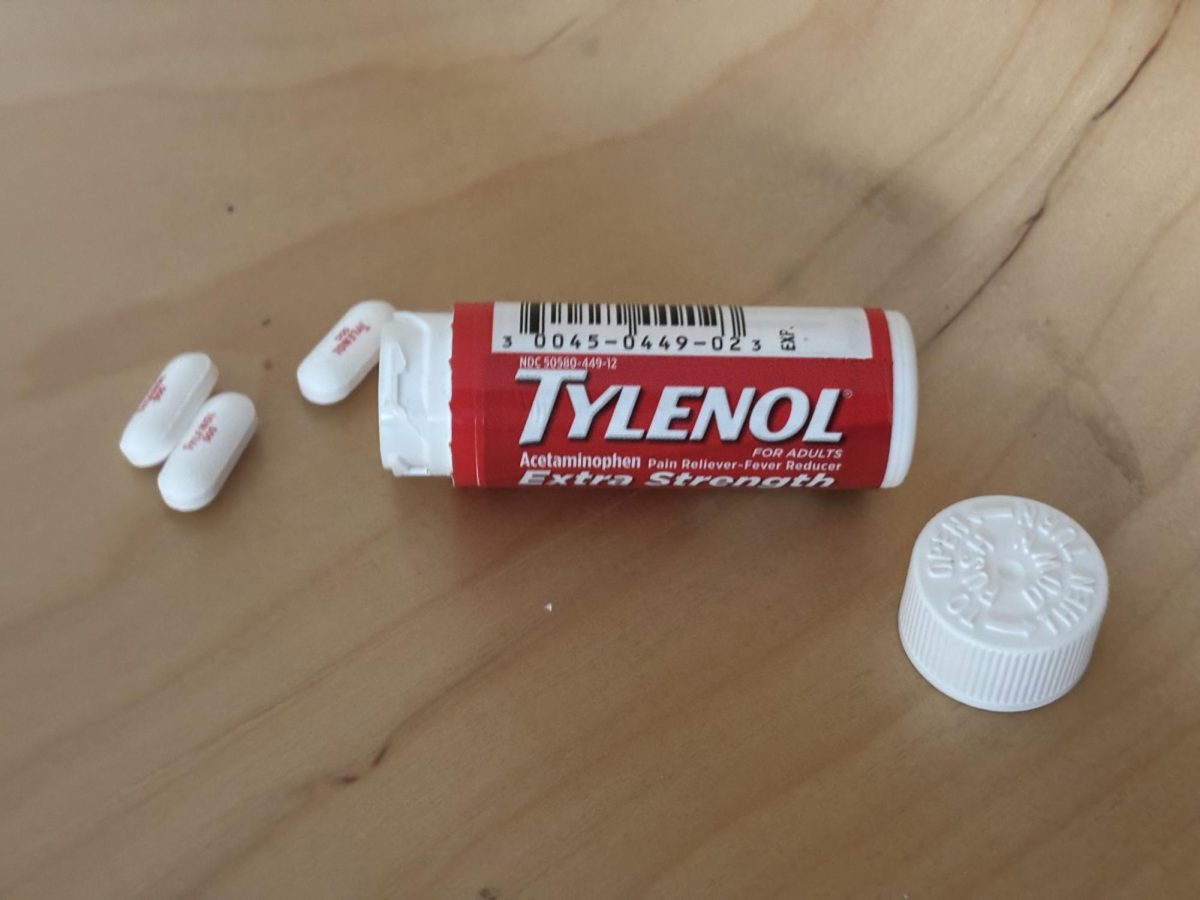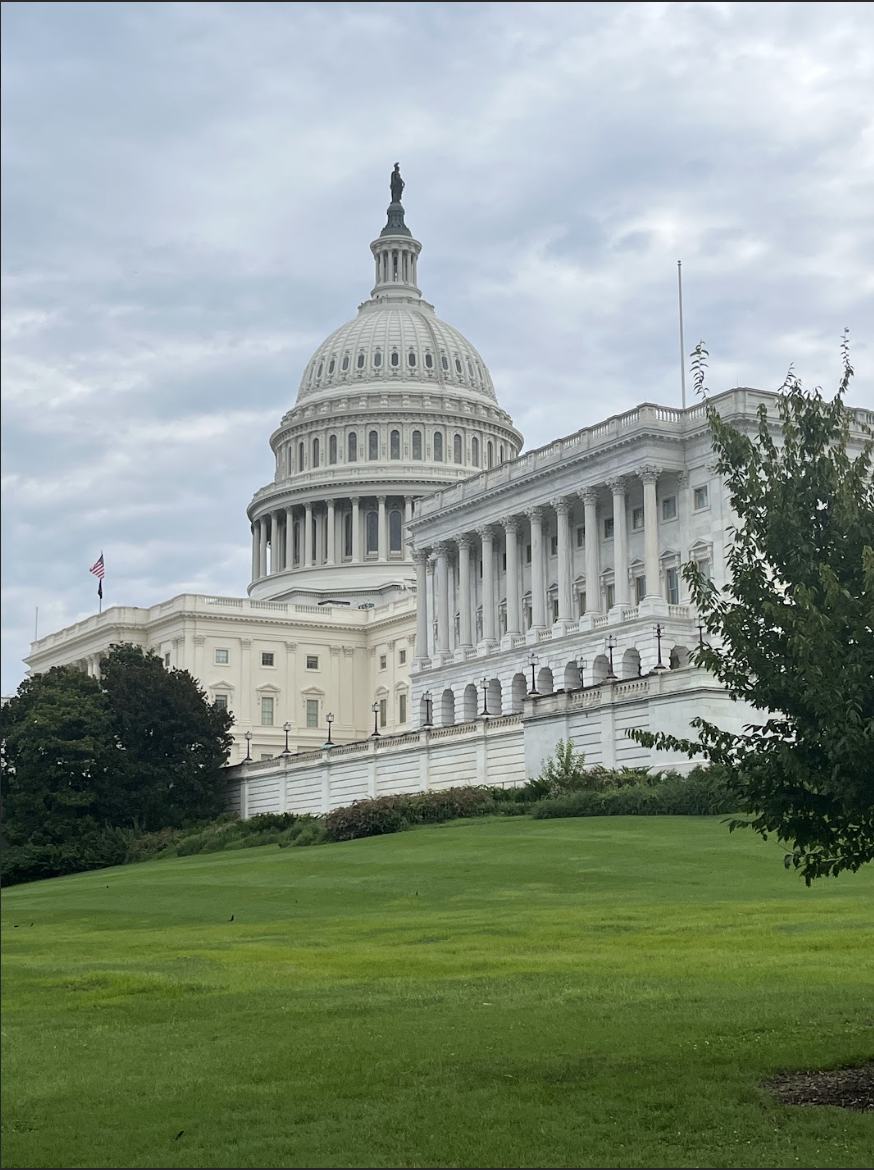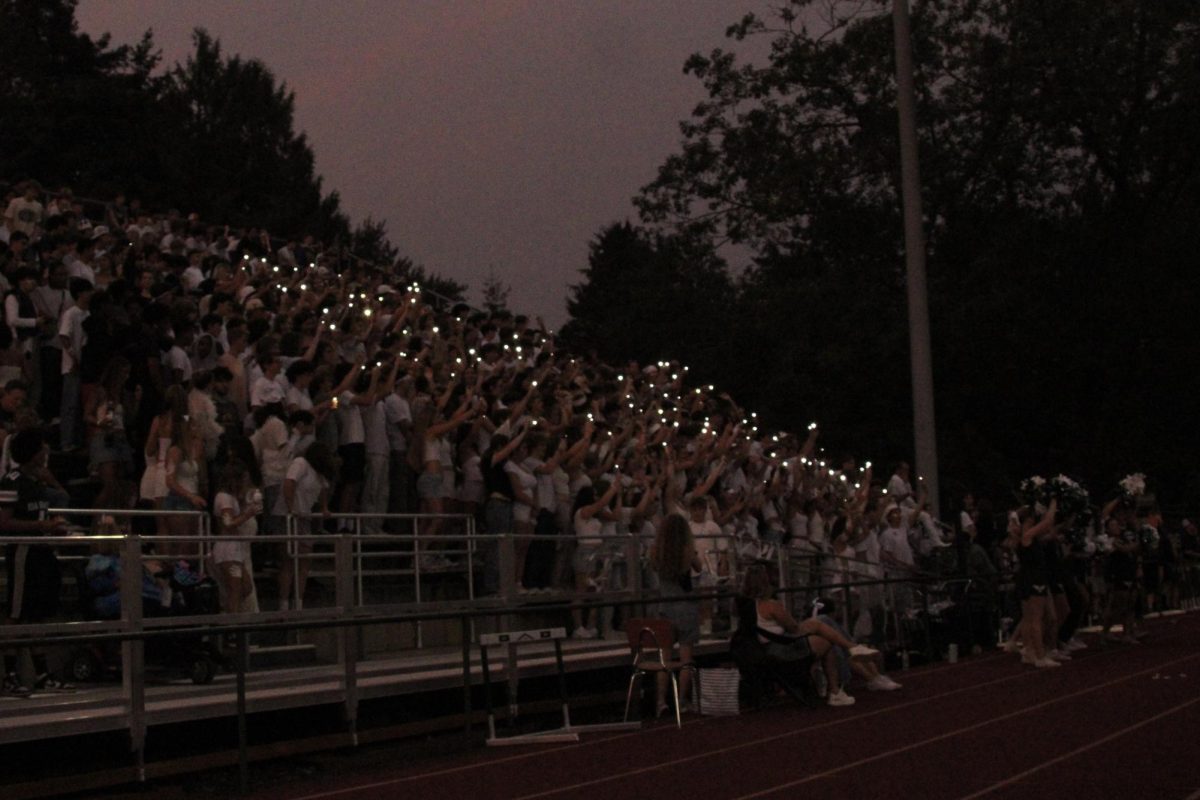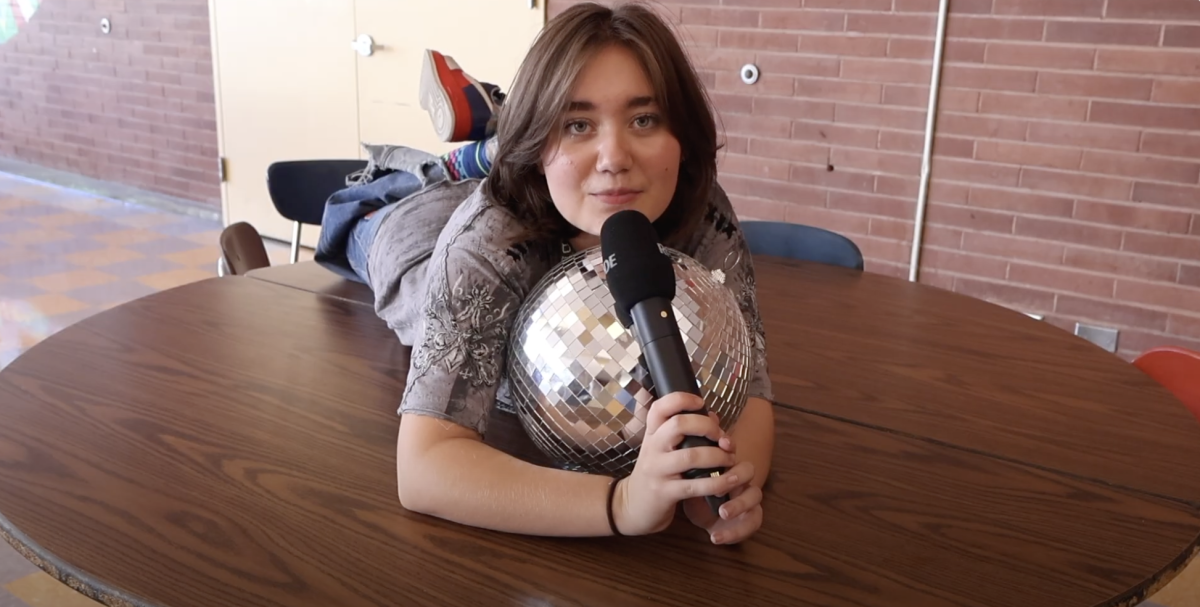For seven days, Portland had effectively turned into a post-apocalyptic sci-fi film as broken power lines and fallen trees made the outside world look straight out of The Walking Dead. Over 165,000 Portland residents were without power, as Pacific Gas and Electric crews worked throughout the week to restore over 3,000 outages. However, as the city begins to return to normal, the damages caused by the ice storm have left a lasting effect on many Portlanders.
Jan. 13 2024 would mark the first day of Portland’s ice crisis. Frigid temperatures, snow, and freezing rain would befall Portland. Powerlines hung from broken trees alongside streets and houses. Residential roads were sheeted with ice, making driving almost impossible. Trees fell due to the weight of snow, blocking streets and driveways, even collapsing on houses. As temperatures continued to drop, with no sign of power returning soon, Portland residents had to make a decision: would they suffer through the cold at their home, or evacuate to a local hotel? As the days progressed, power would be restored to homes and businesses throughout the Portland Metro Area with construction crews clearing up the fallen trees. Most people were lucky enough to return to their normal lives, however, for others, this was not the case.
The trees that once blocked streets and driveways were cleared throughout Portland as the roads melted. While most of the debris had been removed, some of the damage left people without a home to return to.
Ajay Custer, a student at Ida B. Wells High School, had a tree land on his house during the ice storm. “I ran around to my backyard and the tree had landed flat on top of my roof,” said Ajay. “There are about twenty different holes in the roof, five of them caused leaks in the house.” As of Feb. 11, the damages have still not been repaired as Ajay and his parents have been working with repair companies to fix their home.
While most buildings and structures were able to withstand the harsh weather, older buildings cracked under the pressure. Robert Gray Middle School and Markham Elementary School both faced temporary closure after being heavily damaged by the storm. Students are unable to return to their respective schools due to insulation from the ceiling covering the floors. Pipes in the roof burst, causing significant water damage to the plaster and drywall, leaving traces of asbestos throughout the buildings. To avoid virtual learning, Robert Gray opted to have their students join Jackson Middle School. Markham Students were assigned to four different schools: Capitol Hill, Hayhurst, Rieke, and Maplewood, with one classroom shared amongst two sets of students. Classrooms have two teachers, each teaching one set of students separately in the same classroom. This convoluted style of education is expected to last until Feb. 19, when Portland Public Schools predicts students will be able to return to their original schools.
The storm reached its end in late January, and electricity has returned and roads are now fully accessible. Yet the recovery process is not over. Some houses still have damaged roofs, burst pipes, and fallen trees lying on the side of roads, and students are still unable to return to their school.









